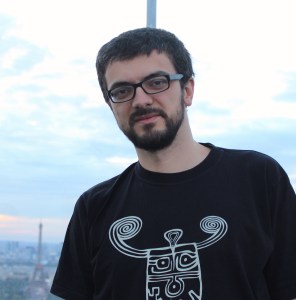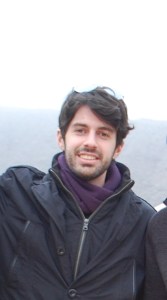Read the full article for free* in Classical and Quantum Gravity:
Spacetime condensation in (2+1)-dimensional CDT from a Hořava-Lifshitz minisuperspace model
Dario Benedetti and Joe Henson 2015 Class. Quantum Grav. 32 215007
arXiv:1410.0845
*until 25/11/15
Can we explain the condensation of spacetime seen in numerical simulations of Causal Dynamical Triangulations?

Dario Benedetti is a CNRS researcher at the Laboratoire de Physique Theorique at Orsay, France. His work focuses on various approaches to quantum gravity including CDT and asymptotic safety.
In the search of a quantum theory of gravity, it is not often that we are faced with the challenge of explaining some novel physical phenomenon: experiments are notoriously lacking, and theoretical questions usually involve clarifying the features of the different approaches, or the paradoxes of established theories. One of the most exciting aspects of Causal Dynamical Triangulations (CDT) is that numerical studies can produce unexpected results, which must then be explained, much like in mainstream statistical mechanics research.
Our paper, published in Classical and Quantum Gravity, is concerned with providing such an explanation Continue reading






You must be logged in to post a comment.